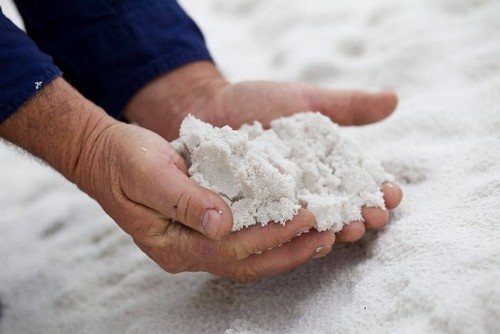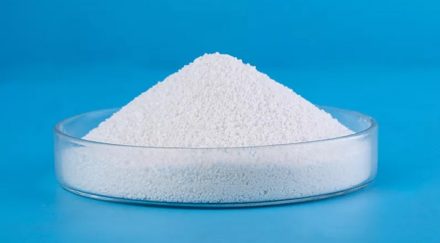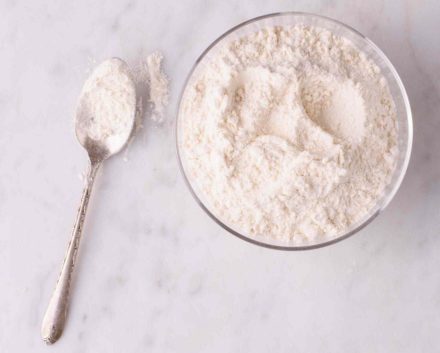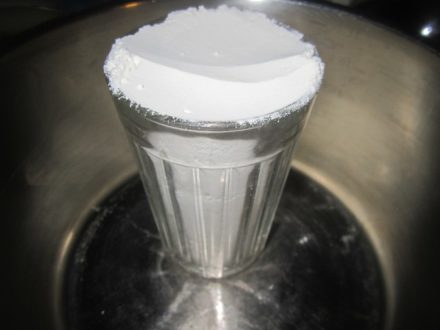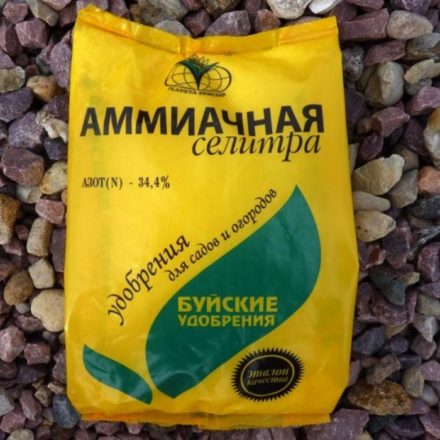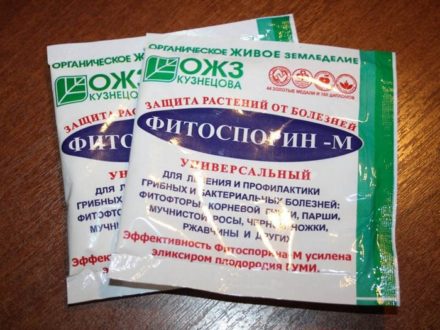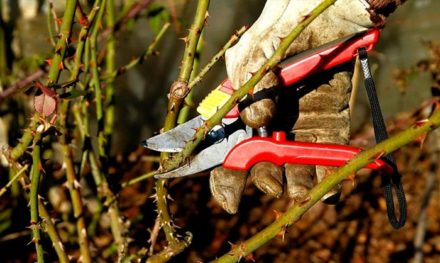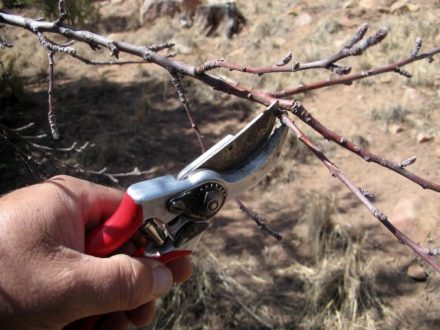For normal growth and development of garden crops, nutrients are needed in the soil. This can be achieved by adding certain fertilizers to the soil. But it is worth considering that if the soil on the site has increased acidity, then many types of plants cannot absorb nutrients from it. In this case, dolomite flour can come to the rescue.
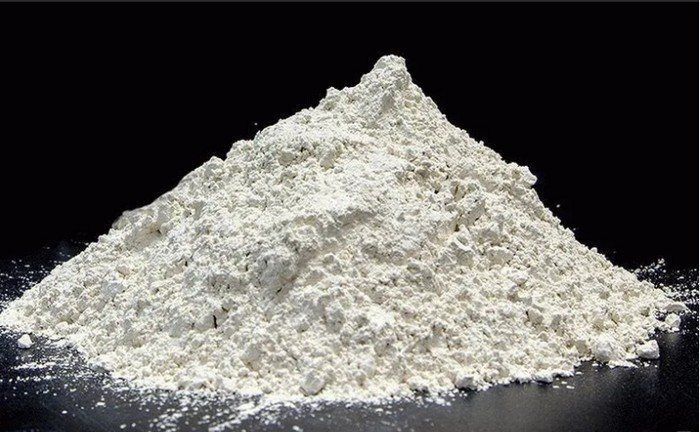
Chemical composition and characteristics
Dolomite flour is classified as a fertilizer that allows you to deoxidize the soil. It contains calcium (about 50%) and magnesium (about 40%). As for calcium carbonate itself, it is 8% more than in lime. It also contains carbon dioxide (47.9%). The designated type of fertilizer has the following useful properties:
- Provides appropriate conditions for the development of beneficial microorganisms in the soil.
- Saturates the soil with essential vitamins, minerals and microelements.
- Relieves garden crops of radiation, and also helps get rid of toxins and salts of heavy metals.
- Improves the process of root system development due to calcium and photosynthesis in the presence of magnesium.
Also, the fertilizer helps in the fight against insect pests, viruses and fungal diseases that can ruin the crop.
Instructions for use
Since dolomite flour helps to deoxidize the soil and saturate it with useful substances, it is necessary to initially conduct a soil test to determine the rate of its application. To check, you can use a litmus test or use traditional methods. For example, if you pour a little vinegar or grape juice onto a handful of soil and foam appears on it, then the acidity level is normal. You can pour boiling water over several currant leaves and add a handful of soil to them, and if the water turns red, this means that the soil on the plot of land has increased acidity.
Dolomite flour should be applied as a fertilizer according to the following calculations if the pH is:
- less than 4.5, then you need 50 kg;
- with normal soil acidity, 40-45 kg will be required;
- with indicators of 5.7, no more than 30-35 kg is needed.
The indicated amount of the substance is designed for one hundred square meters, but if you fertilize fruit trees, you will only need 2 kilograms. But it should be embedded in the soil in the near-trunk zone of the plant, loosening it slightly.
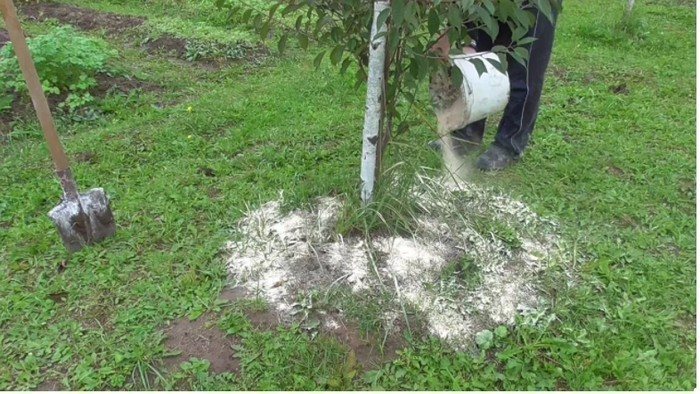
It should also be said that dolomite flour can be used in the spring, but it must be added to the soil no later than two weeks before planting the plants in the ground. If the fertilizer will be applied in the fall, which is the best option, then this must be done after harvesting.
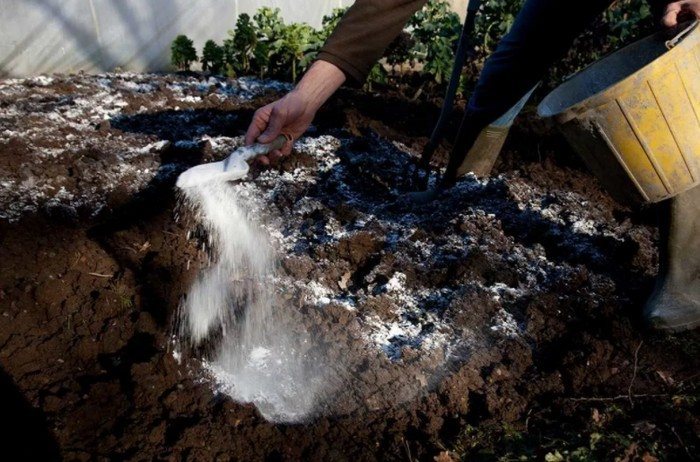
Is it possible to combine dolomite flour with other fertilizers?
You can use dolomite flour together with compost, iron sulfate and Bordeaux mixture. The indicated chemicals are able to compensate for the “soil deoxidizer” in the soil, so they can be used together.The addition of dolomite flour with peat or boric acid also has a beneficial effect on the growth and development of garden crops.
In the case where dolomite flour was used on a summer cottage, it is worth considering that not all types of fertilizers can be added to the soil. For example, urea, superphosphate and nitrophoska can be used only after 2 weeks. Also, you cannot combine ammonium nitrate, azophosphate and ammonium sulfate with dolomite flour.
In conclusion, it should be said that dolomite flour has a beneficial effect on the composition of the soil and also normalizes its acidity level. In addition, unlike wood ash and lime, dolomite flour acts on the soil more gently and gradually. If you follow the instructions for using the indicated fertilizer, then an improvement in the condition of the soil can be noticed already 2-3 years after its use.


